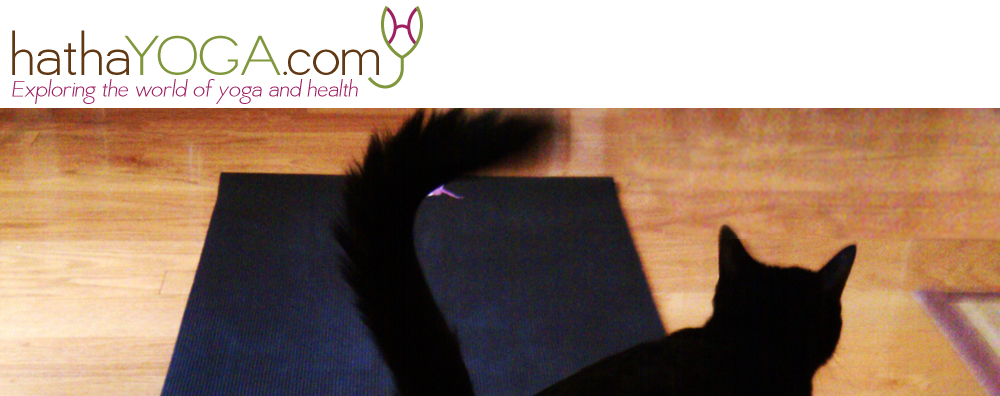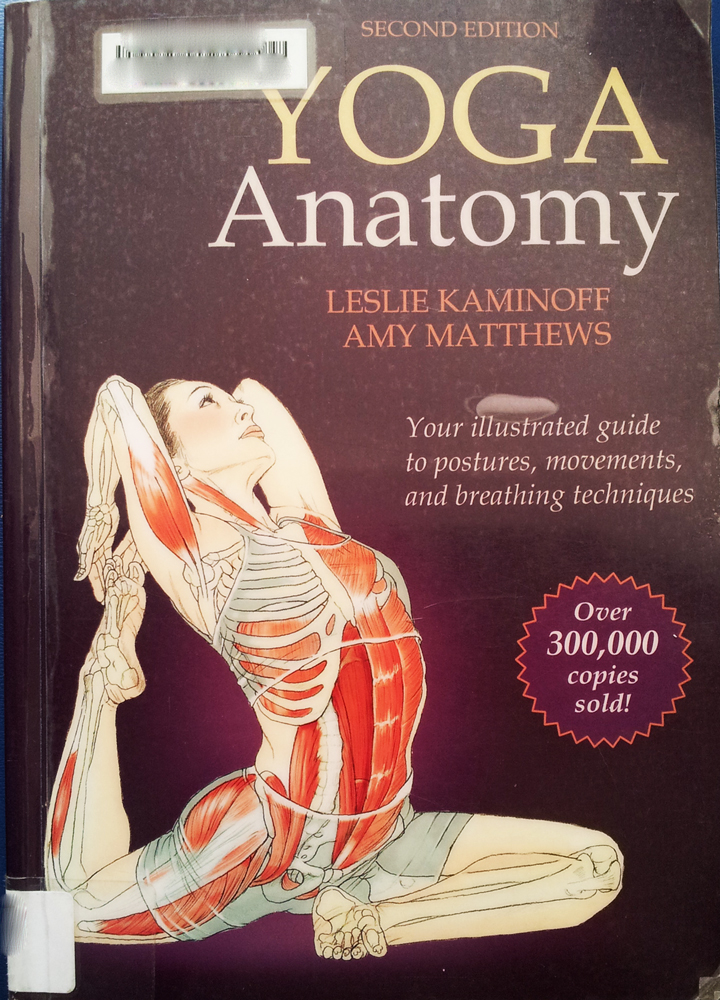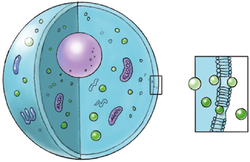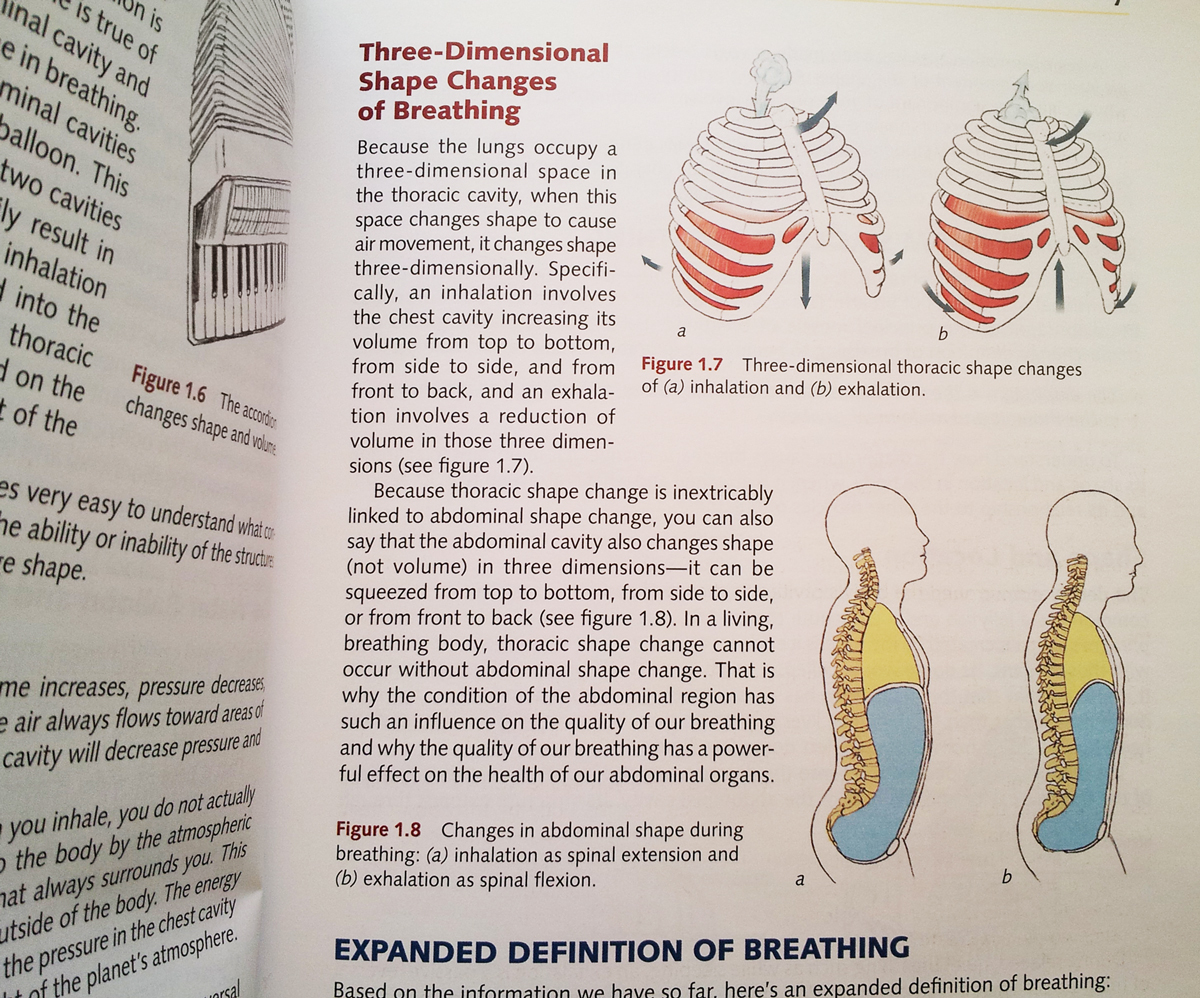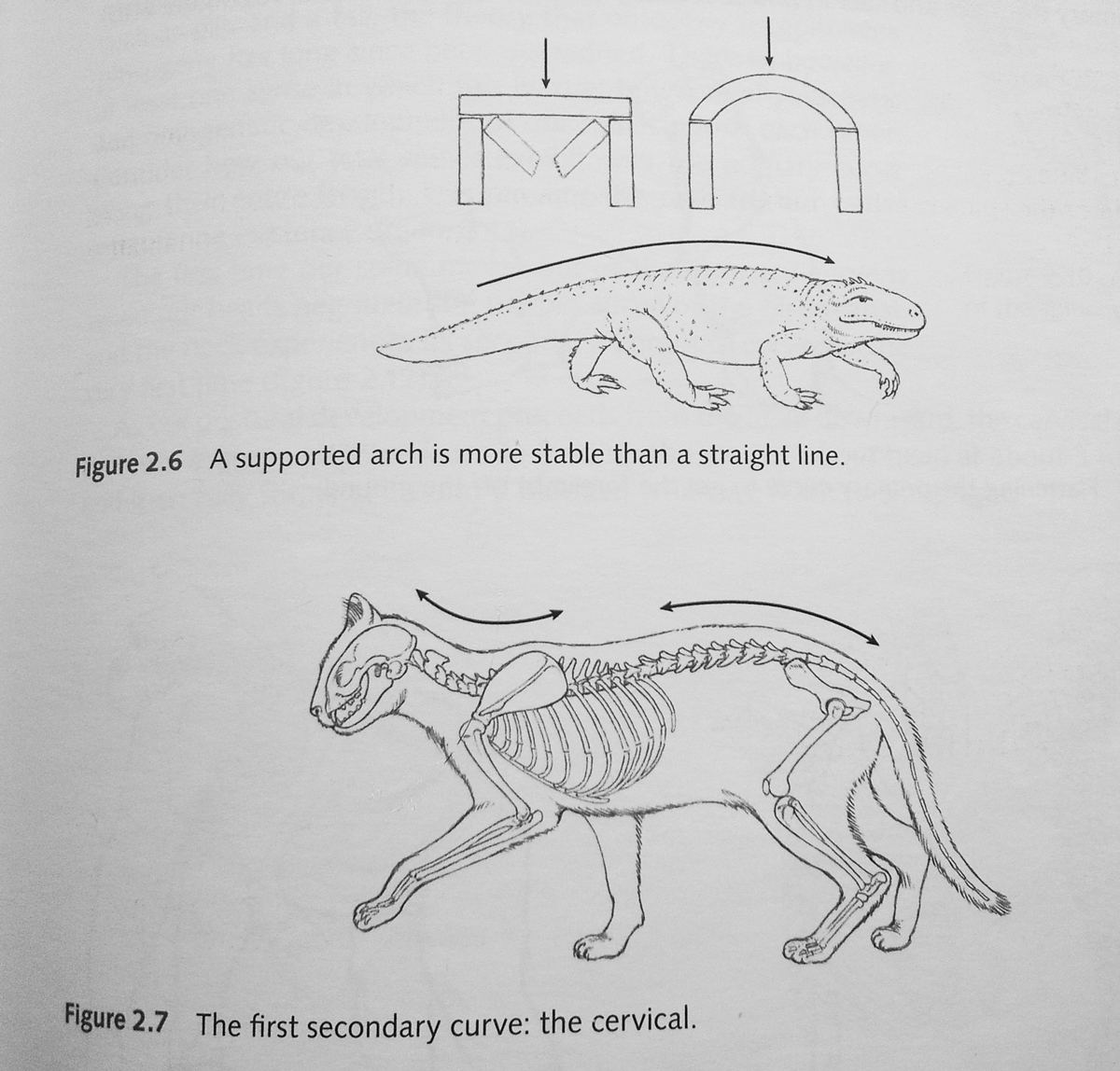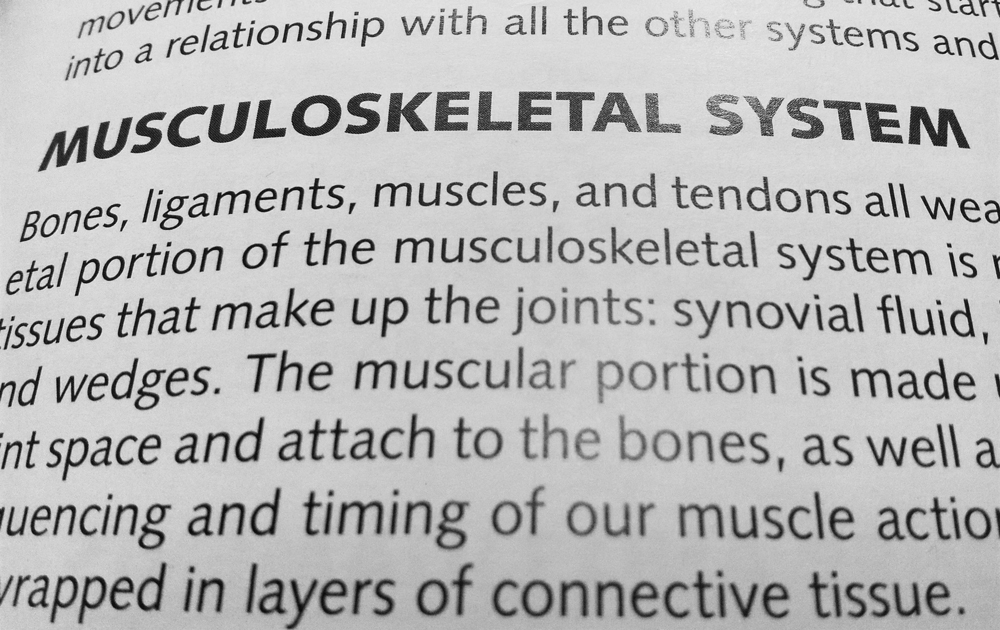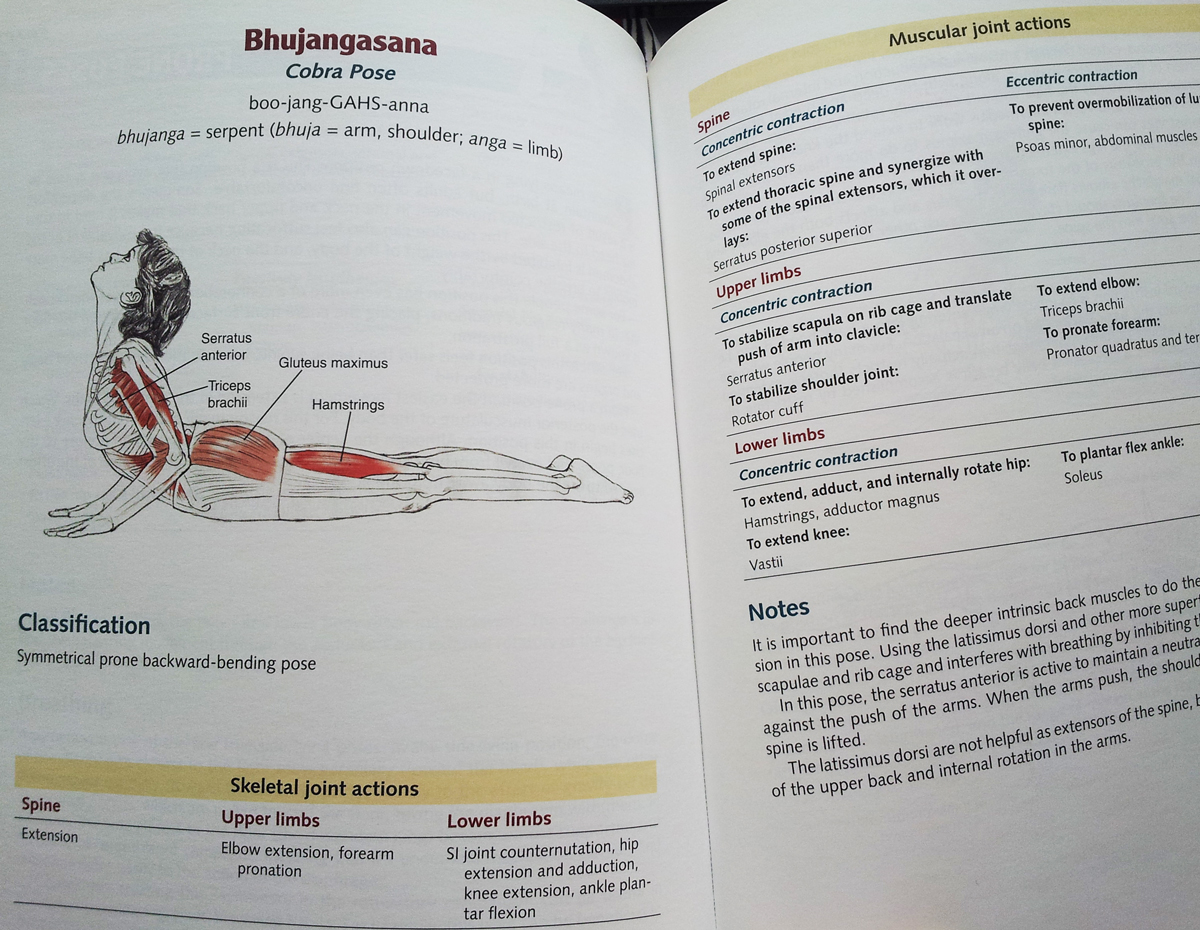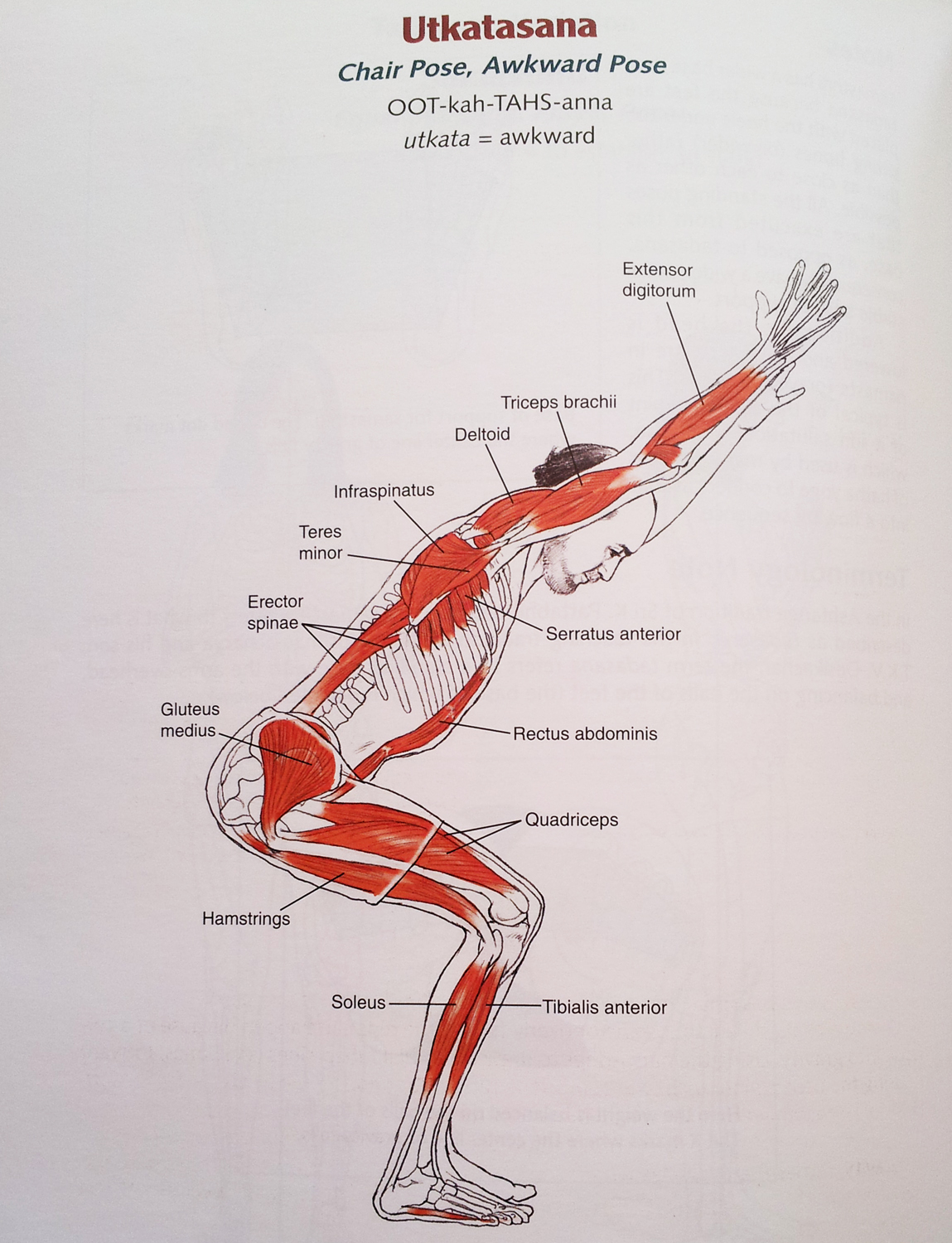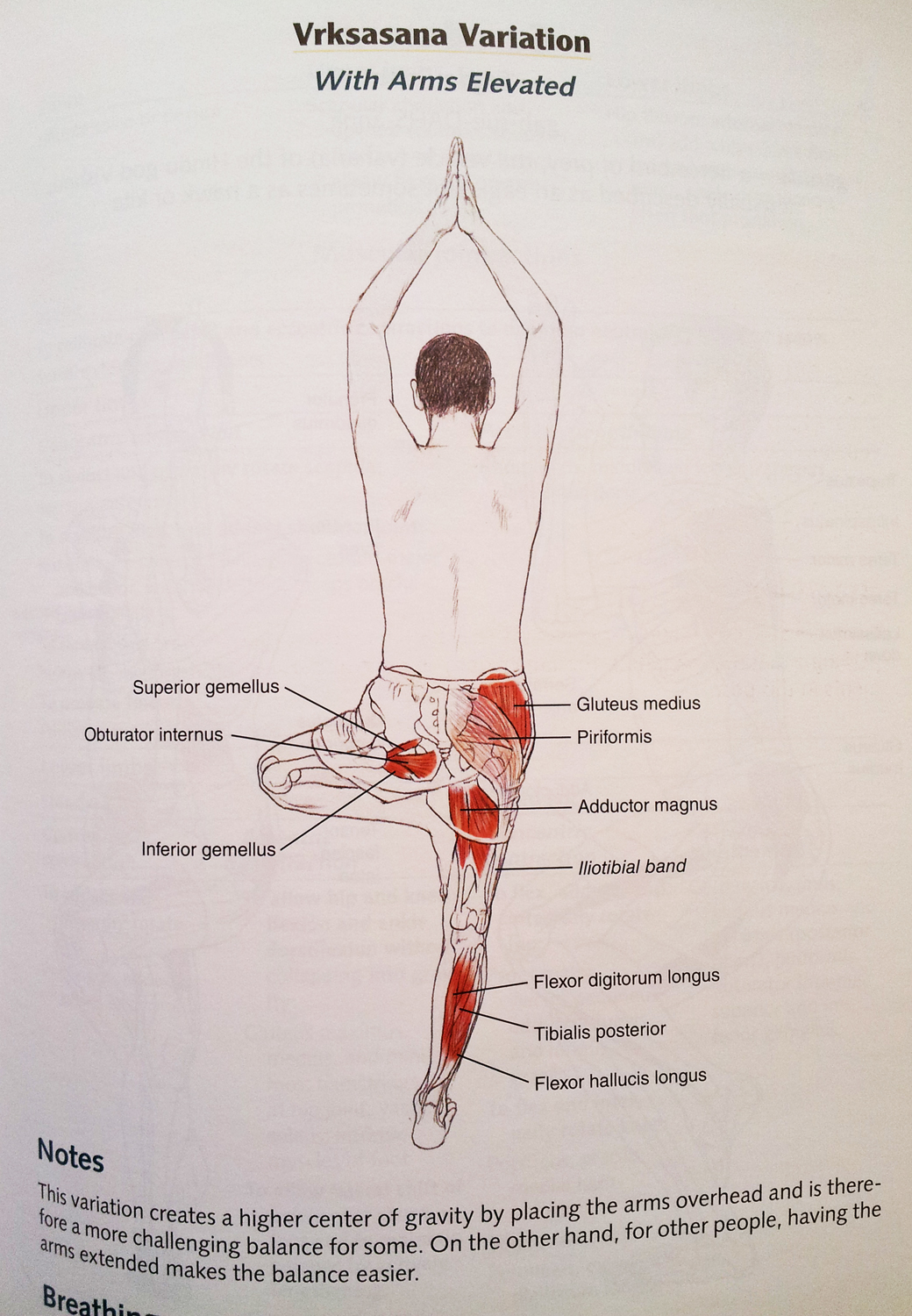If you’d like to make the most of your physical yoga practice, it helps to know what your body is actually doing “on the inside” with each posture. Understanding how your body is anatomically reacting to each pose allows you to focus on the targeted muscles and increase the effectiveness of each move.
Yoga Anatomy (2nd Edition), a book by Leslie Kaminoff and Amy Mathews, is an incredible resource for this. In fact, if you are a yoga instructor, you may have heard of this book already. It’s often assigned reading for teacher training.
The Anatomy of Yoga Anatomy
The authors don’t claim the book to be an exhaustive study of human anatomy. Instead, it’s meant as a guide for anyone who wants to better understand “the ins and outs” of physical yoga.
Yoga Anatomy is not a “how-to” book, but rather a reference guide on the way your body moves in yoga. It’s for both teachers and students alike. It’s even been referred to as “anatomy for yogis”.
At the front of the book, Yoga Anatomy describes how a cell works. A cell is the smallest unit of life that can replicate independently. The authors explain that by understanding the fundamentals of this building block of life we can better understand the fundamentals of anything made from cells, like the human body.
It’s a simple idea that makes sense. Just as a cell, “all successful living things must balance containment and permeability, rigidity and plasticity, persistence and adaptability, and space and boundaries.”
In one breath
Much more of our body is engaged in breathing than just our lungs, windpipes and nostrils. To help us understand our bodies in the context of yoga, Yoga Anatomy discusses the function of breath in the first chapter, “Dynamics of Breathing”. It gives insight on how exactly the body physically relies on this basic function. It also offers an expanded definition of breathing, as there are may types of breath.
The backbone of yoga
Getting to know the core of our body is invaluable for all yoga practice. Chapter 2 gives some interesting insight on “growing a spine”. Well, not how to grow one, but a brief history of the spine in animals and humans.
It explains the architecture of our spine, and how it’s structured to protect our central nervous system.
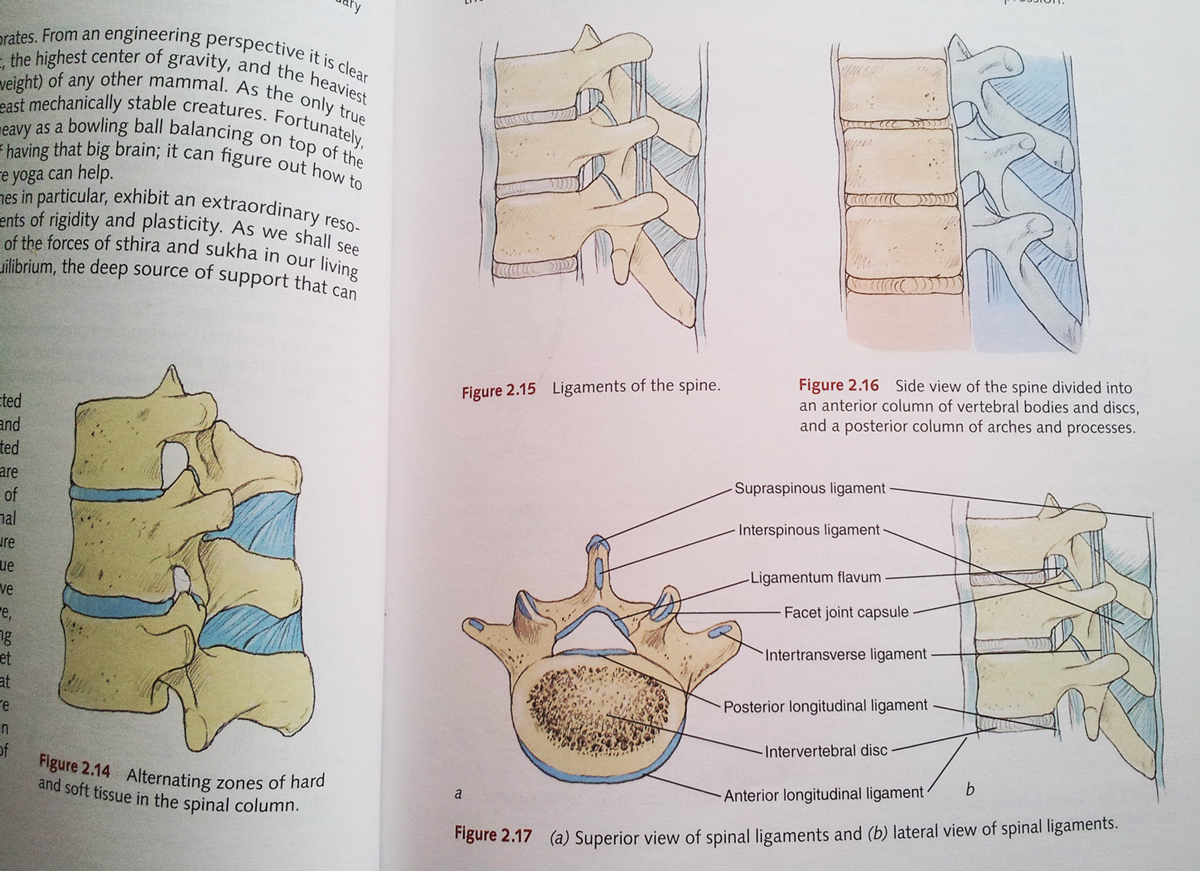
Detailed illustrations help us get a grasp on how our vertebrae’s discs, joints and ligaments all work together, and how they balance the tension and compression our bodies encounter every day. The book also describes the various types of spinal movement.

Team of one
Yoga Anatomy also concisely but thoroughly outlines and illustrates our muscular and skeletal systems. The authors explore how “every system of the body is involved in every movement we make”. Likewise, every yoga posture we practice has an effect on every system of our body.
The book notes that we can successfully execute the simplest actions with a better understanding of our skeletal and muscular systems. Yoga Anatomy clarifies how specific muscles react to movements of your joints, and how your muscles build tone.
Also, no muscle works in isolation. Having knowledge of how muscle groups work together can profoundly improve your yoga practice, or any physical exercise.
Mapping your muscles
Next, and for the bulk of the book, Yoga Anatomy goes into in-depth analysis of the poses. It presents a series of full-color illustrations which show exactly what muscles and bones are engaged with each asana.
They were created by a medical illustrator making them very detailed, yet easy to understand.
Along with the illustrations is descriptive information including the muscle and joint actions of each pose, and a “classification” which categorizes each pose.
There are also notes that offer simplified ways of thinking of the pose, as well as how your breathing is integrated.
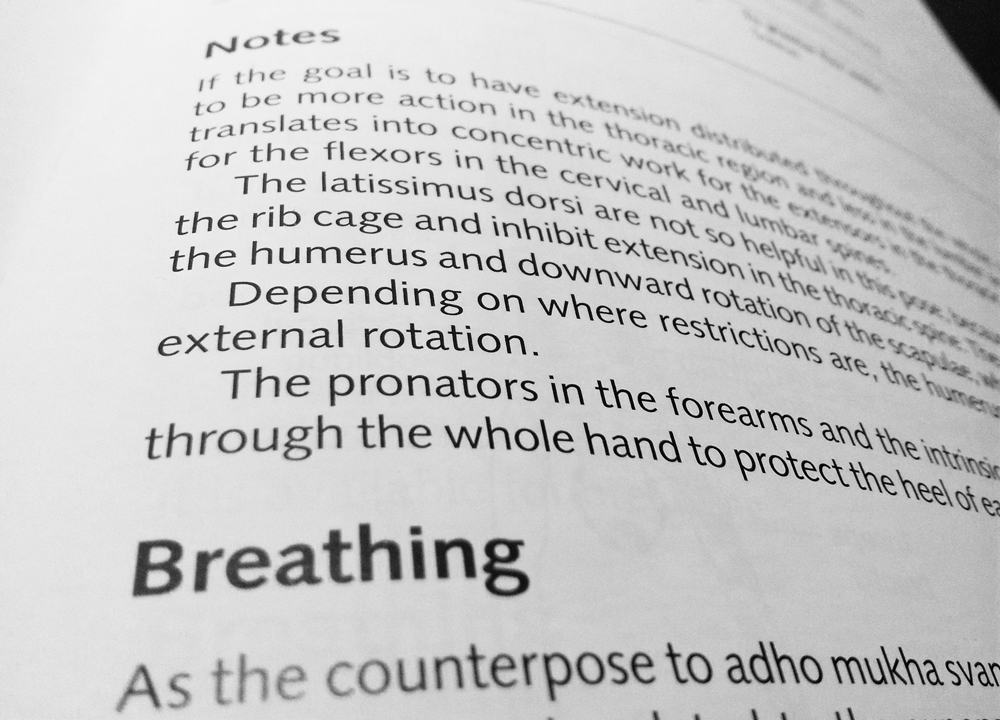
Variations to poses are often provided as well.
Some may consider the book rather technical and dry. On the other hand, it takes a very complicated subject and puts it into a format that is easier to grasp than most books on anatomy. Since it’s not an instructional guide, it’s probably most useful for those who already know how to perform the various yoga poses.
For anyone looking to have a better understanding of how the human body takes shape in the context of yoga, Yoga Anatomy is an absolute must.
